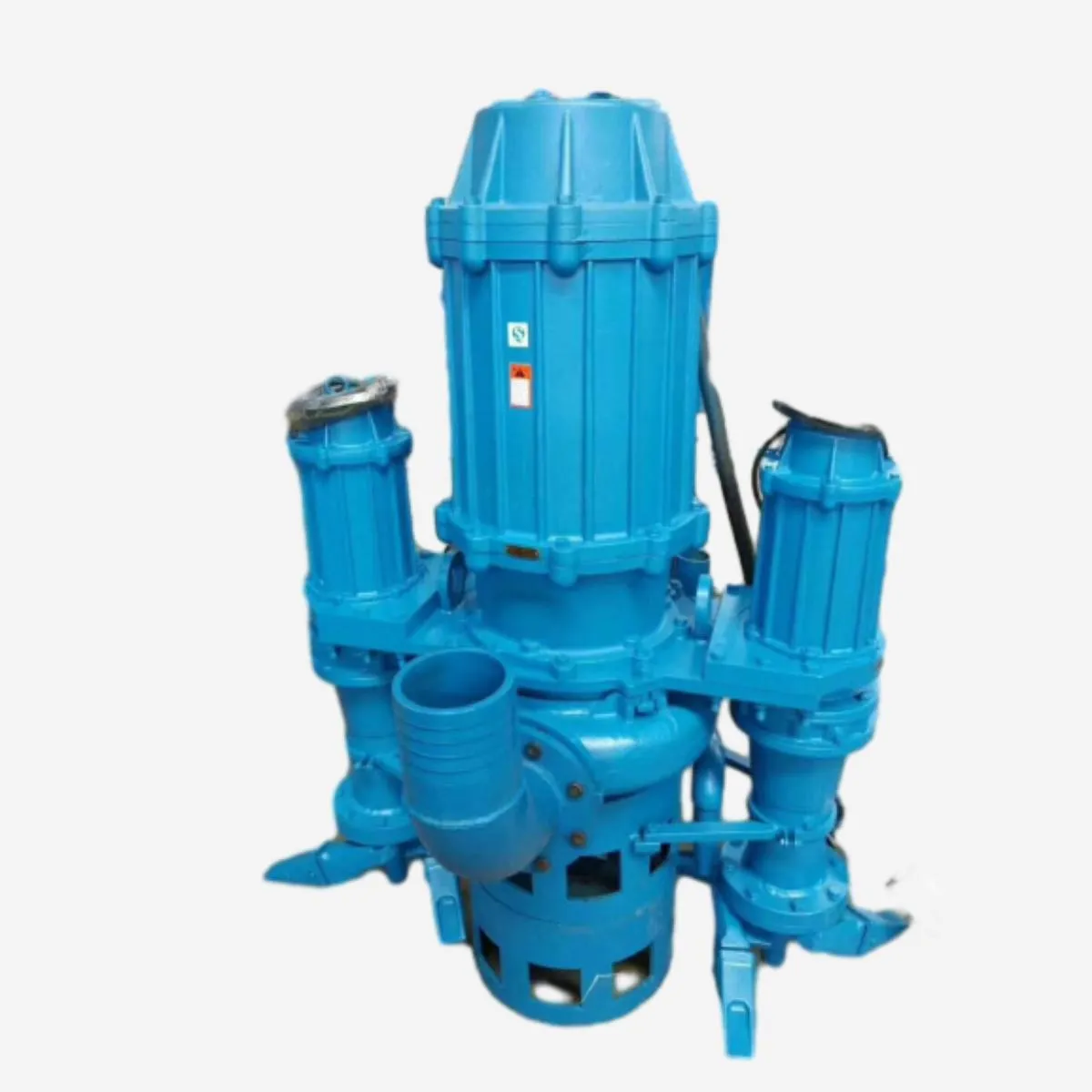Greek
- Afrikaans
- Albanian
- Amharic
- Arabic
- Armenian
- Azerbaijani
- Basque
- Belarusian
- Bengali
- Bosnian
- Bulgarian
- Catalan
- Cebuano
- Corsican
- Croatian
- Czech
- Danish
- Dutch
- English
- Esperanto
- Estonian
- Finnish
- French
- Frisian
- Galician
- Georgian
- German
- Greek
- Gujarati
- Haitian Creole
- hausa
- hawaiian
- Hebrew
- Hindi
- Miao
- Hungarian
- Icelandic
- igbo
- Indonesian
- irish
- Italian
- Japanese
- Javanese
- Kannada
- kazakh
- Khmer
- Rwandese
- Korean
- Kurdish
- Kyrgyz
- Lao
- Latin
- Latvian
- Lithuanian
- Luxembourgish
- Macedonian
- Malgashi
- Malay
- Malayalam
- Maltese
- Maori
- Marathi
- Mongolian
- Myanmar
- Nepali
- Norwegian
- Norwegian
- Occitan
- Pashto
- Persian
- Polish
- Portuguese
- Punjabi
- Romanian
- Russian
- Samoan
- Scottish Gaelic
- Serbian
- Sesotho
- Shona
- Sindhi
- Sinhala
- Slovak
- Slovenian
- Somali
- Spanish
- Sundanese
- Swahili
- Swedish
- Tagalog
- Tajik
- Tamil
- Tatar
- Telugu
- Thai
- Turkish
- Turkmen
- Ukrainian
- Urdu
- Uighur
- Uzbek
- Vietnamese
- Welsh
- Bantu
- Yiddish
- Yoruba
- Zulu
Telephone: +86 13120555503
Email: frank@cypump.com
Νοέ . 26, 2024 22:44 Back to list
Choosing the Right Pumps for Efficient Slurry Handling and Application
Pumps for Slurry Applications An Overview
In various industrial processes, handling slurry—a mixture of liquid and solid particles—poses unique challenges. Whether in mining, wastewater treatment, or construction, the effective transport of slurry is critical for operational efficiency and cost-effectiveness. A crucial component in this process is the slurry pump, designed specifically to move abrasive, viscous mixtures with minimal wear and optimal performance.
Understanding Slurry
Before delving into the specifics of slurry pumps, it's essential to understand the nature of slurry itself. Slurry consists of solid particles suspended in a liquid, which can range from water to more viscous fluids. The characteristics of the slurry, including particle size, concentration, and viscosity, significantly influence the choice of pump. Typical applications include transporting tailings in mining operations, handling sludge in wastewater treatment plants, and mixing cement in construction sites.
Types of Slurry Pumps
Slurry pumps are available in several configurations, each tailored to specific conditions and requirements. The main types include
1. Centrifugal Slurry Pumps The most widely used type, centrifugal pumps operate by converting rotational kinetic energy into hydrodynamic energy. They use an impeller to propel the slurry through a volute casing. Suitable for low to moderate concentration slurries, these pumps are efficient and relatively easy to maintain.
2. Positive Displacement Pumps Unlike centrifugal pumps, positive displacement pumps move slurry by trapping a fixed volume and forcing it through the discharge pipe. They're ideal for high-viscosity slurries and can handle a wide range of solid sizes. This type includes diaphragm pumps and piston pumps, both known for their ability to maintain a consistent flow rate, regardless of pressure changes.
3. Submersible Slurry Pumps These pumps operate submerged in the slurry, making them ideal for applications where the slurry needs to be pumped directly from a pit or basins. Submersible pumps are compact, reducing space requirements, and are particularly effective in removing water mixed with solids in construction sites and dewatering applications.
pumps for slurry application

4. Wear-Resistant Pumps Given the abrasive nature of many slurries, wear resistance is a critical factor. Pumps designed with hardened materials, such as high-chrome alloys or rubber linings, can significantly extend service life and reduce maintenance costs. These pumps are particularly important in mining and aggregate processing, where particulate matter can rapidly wear out traditional pump components.
Key Considerations for Choosing Slurry Pumps
When selecting a slurry pump, several factors must be considered to ensure optimal performance
1. Slurry Characteristics Assess the size, shape, and density of the solids, as well as the viscosity of the fluid. This information is critical for selecting the right pump type and ensuring it operates efficiently.
2. Flow Rate and Head Requirements Determine the required flow rate (volume per time) and the head (height the slurry must be lifted) to select a pump that meets these criteria. Both factors directly influence the pump's power requirements and operational costs.
3. Pump Material Considering the abrasive nature of many slurries, choosing the right material can profoundly impact the pump's longevity. Options include cast iron, stainless steel, and various polymers.
4. Maintenance and Upkeep Evaluate the ease of maintenance for the pump. Some designs allow for quick access to critical components, reducing downtime and maintenance costs.
Conclusion
In conclusion, the selection of the appropriate slurry pump is paramount for ensuring the efficient and effective movement of slurry in various industrial applications. Understanding the specific characteristics of the slurry, choosing the right pump type, and considering maintenance and material aspects can greatly influence the operational success of processes involving slurries. Investing in high-quality, suitable slurry pumps not only enhances productivity but also minimizes the overall cost of operation in the long run. As industries continue to evolve and face new challenges, the role of technologically advanced slurry pumps will only become more critical in maintaining competitive advantage.
-
Custom Drilling Mud and Slurry Pump Supplier - High Efficiency, Tailored Solutions
NewsJun.10,2025
-
Supply Vertical Submersible Sewage Pump High-Efficiency WQ/QW Pumps Supplier
NewsJun.10,2025
-
Premium Sewage Ejection System & Pumps Efficient Waste Removal
NewsJun.09,2025
-
Premium Wholesale Slurry Pump Impellers Durable & Efficient Slurry Handling
NewsJun.09,2025
-
Top Sewage Pump Companies Durable Industrial Solutions for Efficiency
NewsJun.09,2025
-
Heavy Duty Slurry Pumps - OEM High Performance & Bulk Wholesale
NewsJun.09,2025










